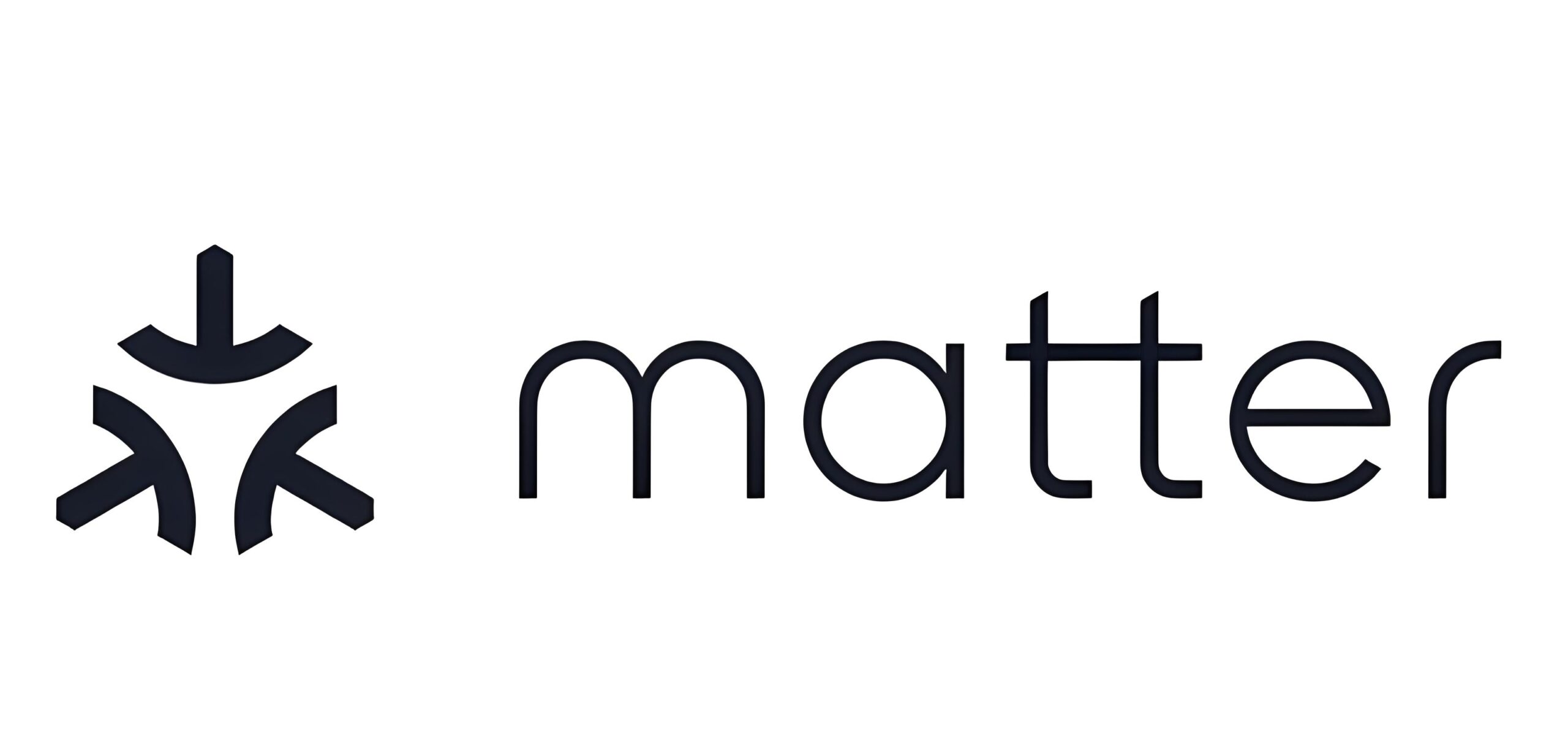
As smart home devices proliferate, the need for a unified connectivity standard has become increasingly clear. The new Matter protocol aims to fill this role by enabling interoperability between previously siloed IoT ecosystems.
The origins of Matter trace back to 2019 and earlier. Google, Amazon, Apple and the Zigbee Alliance were each developing their own proprietary smart home platforms like Google Weave and Amazon Alexa. While great for customers embedded in one ecosystem, these fragmented systems made interoperability a nightmare.
Thus, the companies came together to develop Connected Home over IP, later renamed Matter. The goal was an open-source, IP-based connectivity standard that any device could adopt. After months of collaboration, the first Matter specification released in October 2022.
Matter operates over Wi-Fi, Ethernet, and Thread mesh networks to link smart home devices to the cloud. It uses cutting-edge security techniques like AES-128 encryption and elliptic curve keys to protect data. And for compatibility, Matter supports popular voice assistants like Alexa and Google Assistant for easy device control.
Crucially, Matter offers multi-admin capabilities so devices stay securely connected even when users switch platforms. The standard ensures smart home devices can all understand each other while keeping individual vendor ecosystems intact. For consumers, this means no longer having to choose between brands for interoperability.
Many major vendors have already embraced Matter. Google is updating Nest products like cameras, thermostats and speakers to support the standard. Amazon is bringing Matter to Echo speakers, Fire TV, Ring security devices and more. Other notable adopters include Samsung SmartThings, Apple HomeKit, Schneider Electric, and the Zigbee Alliance.
Looking ahead, Matter has significant room for growth. Expanding device types beyond smart lights and locks could make Matter a universal IoT protocol. Matter could also extend beyond the home into commercial settings like offices, hotels and factories. And features like software attestation, over-the-air updates and thread border routing continue improving.
Of course, challenges remain for Matter’s real-world adoption. Rigorously testing interoperability and edge cases will be critical. Updating devices securely without stranding legacy products is also complex. And moving from closed ecosystems to open collaboration requires major corporate culture shifts.
But the potential is there for Matter to finally deliver the smart home experience consumers have wanted. No longer will devices exist as isolated islands only compatible within certain brands. Matter enables every product to work seamlessly with the wider ecosystem. The standard marks a milestone in unifying fragmentation – and bringing user-friendly automation to life.



